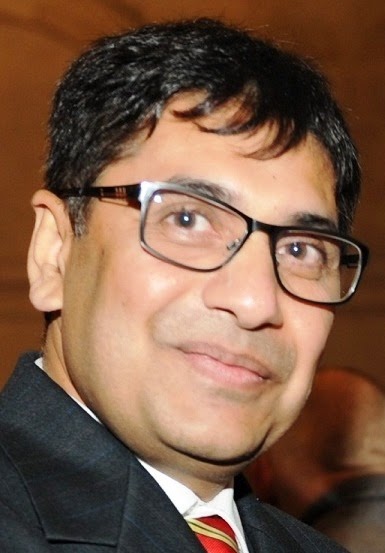India's Mission 2021: Humans Orbit Earth for a Week
India will be the fourth country in the world to do so. So far, only America, Russia and China have succeeded in sending their manned spacecraft to space. Three Indians have gone into space. In 1984, Rakesh Sharma went to space with the help of Soviet Russia. Apart from this, Kalpana Chawla and Sunita William of India have also illuminated the name of India in this area.
According to ISRO's plan, a Gaganyaan with a weight of 7 tons, 7 meters high and a diameter of about 4 meters will be launched into space from a GSLV (MK-3) rocket. It will reach in the orbit in 16 to 20 minutes after launch. It will be placed in orbit at a distance of 300-400 km from the surface of the earth. India will give its astronauts the name 'Wyomnuts' as 'Vyom' in Sanskrit means space.
This mission is important, as first time India will send humans to space in Gaganyaan and bring them back to Earth. There are two aspects of this process, humans and engineering technology. A new centre also established. This year is very important for Gaganyaan as the first mission will be ready by December 2020 and the second mission in July 2021, after completing these missions, Gaganyaan mission would take place in December 2021.
Gaganyaan is a spacecraft and its space capsule is designed to carry three people and will be equipped with advanced version docking capability. In its first manned mission, 3.7 tons capsule with a three-man crew will orbit the Earth at an altitude of 400 km for seven days. The orbital vehicle is planned to be launched on ISRO's geostationary satellite launch vehicle Mark 3.
The ISRO is dealing with three major technical challenges. Environmental control, life support systems, and crew escape systems.
An amount of 12.4 billion INR is allocated for this mission to execute it in the next few years. The ISRO is dealing with three major technical challenges. Environmental control, life support systems, and crew escape systems.
It has been previously told by ISRO that the Soyuz type space capsule will be designed and it will be an advanced version of India's GSLV Mark-3. It is being constructed in such a way so that it can execute its mission for at least seven days.
The astronaut training centre will be built on 100 acres on the outskirts of Bengaluru to train astronauts before they are sent to space. Pilots going to space will be imparted special training here. There will also be a study to protect yourself in the event of any kind of challenge in the space-like environment and to protect yourself in the irradiated environment, including zero gravity. ISRO will also make centrifuge here to prepare astronauts for the mission's acceleration phase. Facilities that regulate thermal cycling and radiations will also have experimented here.
Indian Air Force is mandated to provide for training to astronauts. the Indian Space Research Organization has assigned the responsibility to the Indian Air Force for the selection and training of 10 crew members.
ISRO Chairman K.K. Sivan further emphasised that "We have fixed all the norms and requirements related to crew selection and training and it has been handed over to the Indian Airforce." The first 2 phases of training will be at the Indian Airforce Institute of Aerospace Medicine (Bengaluru) and after that, the final training will be given with International cooperation.
A new launchpad will be made to make the launching of manned spacecraft easy and convenient. This location will be one kilometre south of launchpad 2. It is known that the Chandrayaan-1 mission was launched from launchpad 2. The construction of the third launch pad has been completed, which ISRO will use for its future programs. The program also includes a manned space flight mission.
÷÷÷




Comments